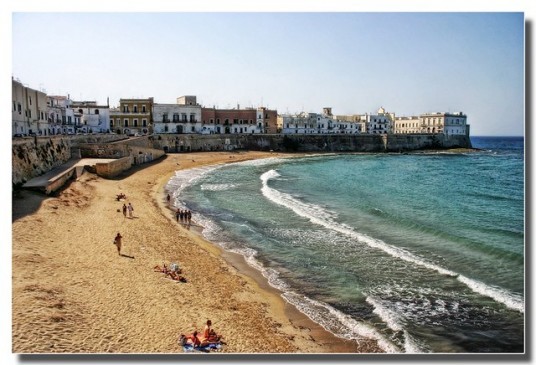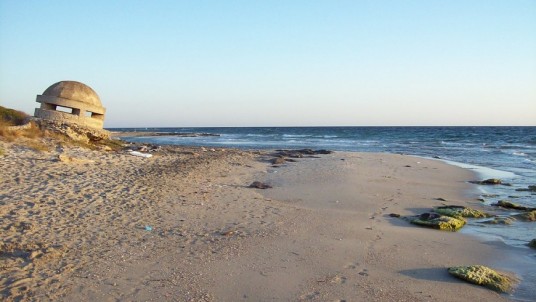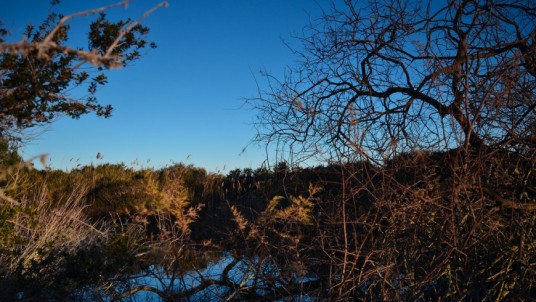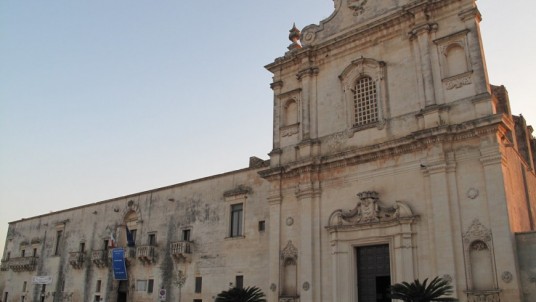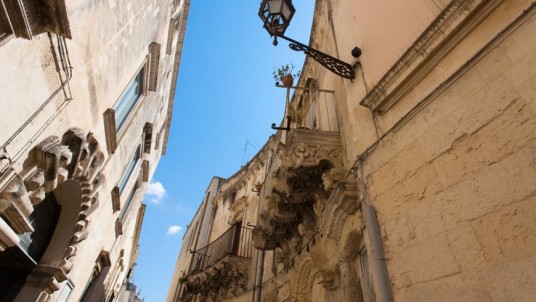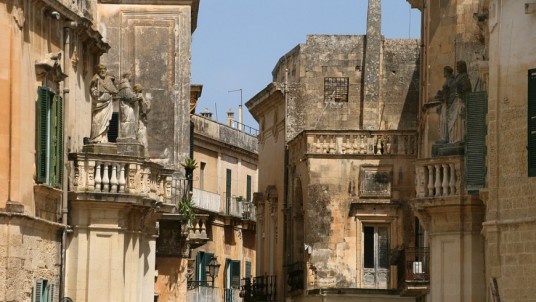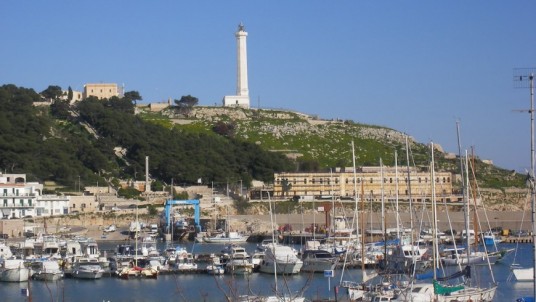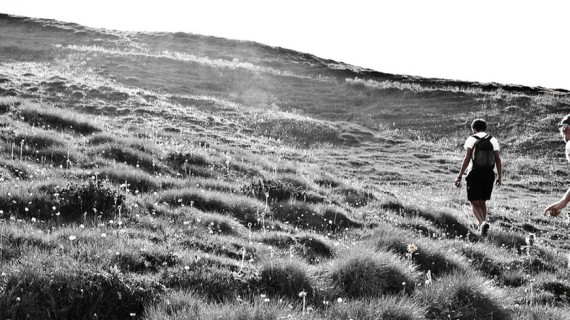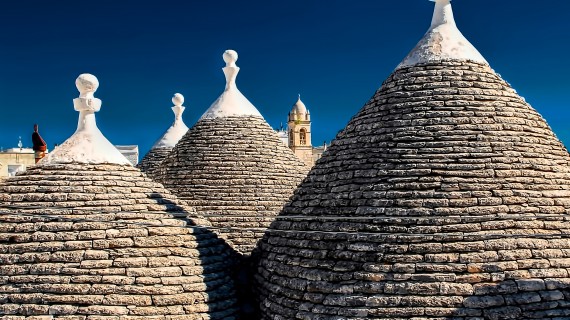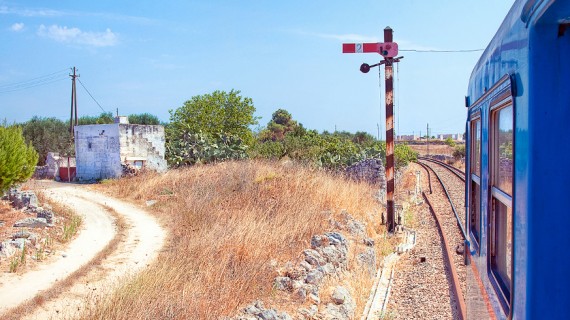Sand dunes, white villages, lakes, parks, and cliffs. 11 experiences in touch with unspoiled nature and undisputed beauties in Salento.
Tourism is a concrete example of a global industry that is growing day by day. Because of the increase in the services provided by the tourism sector, we are facing negative consequences on the fragile ecosystems and on the quality of the air. Salento is an unspoiled territory in South Italy and this is the reason why we are addressing to our readers that are aware of the importance of preserving and protecting the territory that they visit: we cannot forget that respecting is the best way to thank, despite the situation or the context in which we are.
Because of the increase of the flow of tourists and the first phenomena of overtourism in the Salentine sub-region, the local authorities are obliged to find a way to face this problem: thus they thought to use tourism as an ally for the conversation of the ecosystem, promoting sustainable tourism and raising awareness.
Here you have 11 musts in Salento. An itinerary into 11 eco-friendly activities, that will give you the chance to live a deep experience in touch with the unspoiled nature and the traditional Salentine folklore, well-known all around the world.
1. Visit the lakes of Alimini by canoe

A few kilometers before getting to the beautiful city of Otranto you will have the chance to make an excursion near the famous lakes of Alimini: two natural lakes named Alimini Grande and Alimini Piccolo, once connected to each other.
These two lakes have the characteristic of being really small and so that they are easily viable, using a kayak or paddling a canoe that you can rent by the shores of the lakes.

The lakes are surrounded by rich vegetation, you will admire several species of plants (an important Mediterranean scrub) but not only this… the woods that are around the lakes are full of rare species of birds, so do not forget your binoculars!
2. Take a break on the Baia dei Turchi Beach, one of the most beautiful beaches in Italy
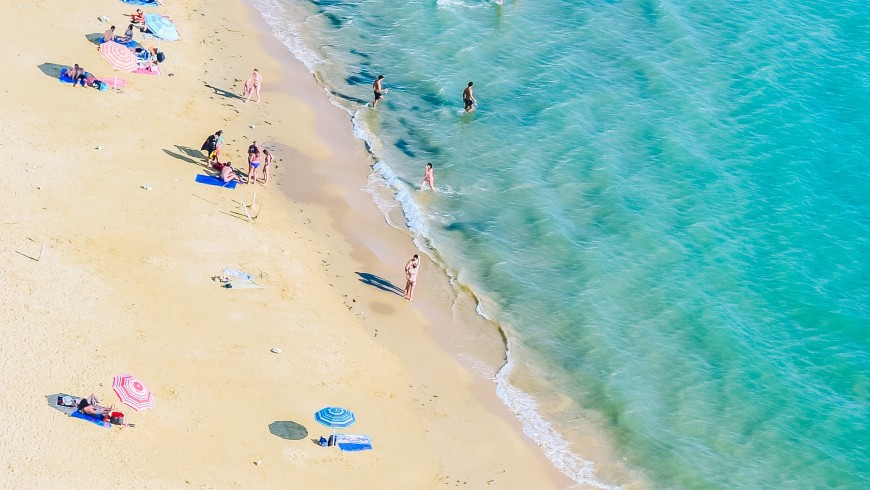
Getting back on the road that connects Alimini to Otranto and after walking for 1km in the woods, you will get to one of the most beautiful beaches in Italy: Baia dei Turchi, so-called because people thought that this was where the Turks arrived when they invaded the Salentine territory back in the XV century. This unspoiled beach is of significant landscape value: white and fine sand, clear blue waters and no pollution at all. For these reasons, it has been added in the 100 places to preserve in Italy in the FAI (Italian Environmental Fund).
The beach is 2km long and you will only see woods and trees around you.
3. Walk in the white villages of Otranto and Gallipoli
If you decide to keep going towards Otranto we do suggest you to switch your mobile phones off and forget about every problem because in here you will have the opportunity to disconnect from reality and get involved in a stimulating environment.
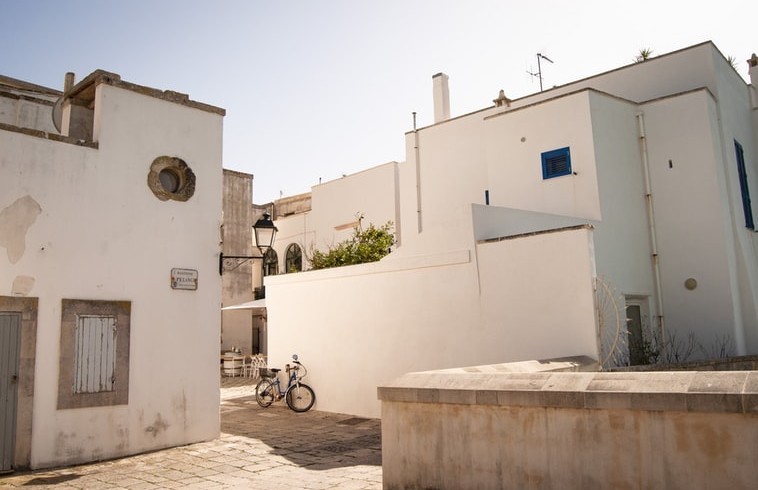
Otranto is a small town with a harbor, and it is characterized by the fact that its historic city center is built inside the walls of the ancient Aragonese castle.
The streets of the city center are narrow and full of shops and boutiques where you can taste the typical flavors of this enchanting place, among them taralli, fries, cheese, and local wines: and you will do that while admiring the sea that will be your partner during the Salentine adventure.
If you want to visit the castle, here you have the link to check prices and times and to get further information.
- Gallipoli, pic via Flick
Just like Otranto, Gallipoli is an ancient village that is built on a small island, with a harbor and a castle. Etymologically, the word “Gallipoli” derives from the griko language and it means “nice city”, an adjective that is just perfect to make an idea of the place that you will visit. Once in Gallipoli you can just stroll along its narrow alleys and you can trust us, you will not be disappointed by anything!
Here, you will be on the West Coast of Salento, with the Ionian Sea and you will see amazing sunsets that will make you fall in love with a red sun that gets into the see just until making the sky look like an impressionistic painting.
4. Snorkel in the Adriatic Sea

The Salentine Adriatic coast is famous for the alternation of long beaches with fine sand and rocky places, which are quite high. If you like snorkelling we do suggest you go to Santa Cesarea Terme, a few kilometers away from Otranto and starting exploring the marine ecosystem that will leave you speechless.
You can rent the required equipment in every bathing establishment that you will find around the area and count on professionals if you have just started snorkeling.
5. Ride the shores of the Lake of Bauxite on a horse
An experience that you cannot miss is the chance of an incredible horse ride at sunset, going through Baia dei Turchi and the Lake of Bauxite. The latter is a lake formed in a bauxite cave, a color red sedimentary rock from which aluminum is extracted. Because of the high rate of bauxite concentration, vegetation is characterized by a red soil and amazing green trees that create a contrast with the blue sky.

This is the perfect scenario for a picnic with lake view (unfortunately you won’t have the chance to swim in it) under the shadow of the trees. As getting to this lake is not easy, we will give you the link to reach it.
6. Discover the Zinzulusa cave, in Castro Marina
The small town of Castro Marina, the heart of the Salentine history, hides a beautiful jewel: the Zinzulusa cave, among the ten most important caves in the whole world.
The cave was discovered more than 150 years ago, and it was named like that because the name refers to the dialectal term “zinzuli” which are the stalactites and stalagmites that are similar to a worn-out dress. It is 160 meters high and it can be considered as an actual masterpiece.

The Zinzulusa cave can be reached either on foot from the center of Castro Marina or by sea on a boat that leaves from the harbor of Castro. The cave is open all year round and the tours in it are one with a guide, here you have the seasonal time. We suggest you a complete tour of the caves, to have the chance to visit the famous Palombara Cave, well-known for the pigeons nesting and the Azzurra Cave, as the name suggests it refers to the colors of its waters.
7. Walk the natural paths of the Natural Parks looking at the sea
Along with environmental and hiking guides you can discover natural paths in the Regional Natural Parks, such as the Natural Park of Porto Selvaggio and the Natural Oasis of the Cesine, in Otranto.
Porto Selvaggio

The Natural Park of Porto Selvaggio extends for about 1100 hectares in the municipality of Nardò. This park is famous for the vegetation that it offers and for its amazing views. After a good hiking in the Park, you should bathe in the cold waters, characterized by freezing and freshwaters that come from the hinterland and flow into the sea.
Oasis Le Cesine
Back in the time, this oasis was not like it is today. In the late 1800s this territory was considered as one of the dirtiest and unhealthy, with a high rate of mosquitos that destroyed the crops and were guilty for making people get sick. The area extended from the municipality of Brindisi until Otranto and only after the clearing of peat areas and the increase of the awareness about environmental problems, it has been possible to change the territory and transform it into a real earthly paradise.
- WWF Oasis Le Cesine, via Flickr
Nowadays, the WWF Oasis Le Cesine measures about 380 hectares and it hosts unique places: huge beaches, sand dunes, and small torrents, ancient trees and several species of animals. The oasis belongs to the list of SPA (Special Protection Areas), places were chosen form the European Commission which has a duty to safeguard the habitats of migratory birds and certain particularly threatened birds.
8. Discover the culture of the Grècia Salentina
- Sternatia Church, via Flickr
- Castle of Corigliano d’Otranto, via Flickr
Talking about the beautiful Salento, we cannot only refer to the majesty of the sea but also to the cultural value of the Grècia Salentina, a linguistic isle formed by nine villages: Martignano, Zollino, Castrignano dei Greci, Melpignano, Soleto, Sternatia, Martano, Calimera, and Corigliano d’Otranto.
In this area, people speak one of the two varieties of the Greek language, the Southern Italian Greek. This linguistic phenomenon could happen because in the XIII century Greeks invaded the Southern part of Italy and its testimonies can be seen by visiting these places and listening to old people speaking this dialect on the street.
9. Sailing in Salento
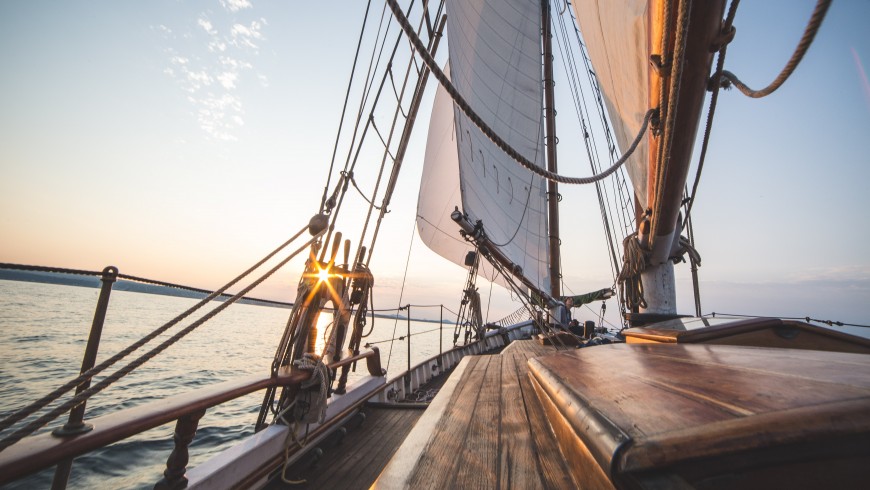
Another experience that you cannot miss is the chance of living an adventure sailing, leaving form the harbour of Otranto for visiting the Adriatic coast or from the harbour of Gallipoly to enjoy the Ionian Sea. Here you have an advice: sail off in the morning to admire a stunning sunrise in Otranto, or make your visit last longer and wait for the sunset in Gallipoli.
You will also have the chance to collaborate with the skippers and learn from them how to sail.
If you are interested, here you have the link with further information.
10. Visit the baroque beauties of Lecce

Lecce is a city known as the “Southern Florence”, where the baroque art is present pretty much everywhere. The Lecce Baroque is an artistic and architectonic movement that started to spread in the XVII century. You can easily recognize it from the bright decorations of the facades of the hundreds of churches and buildings that you will find in the city.
Walking through the streets of Lecce, you will be absorbed by the traditional folklore of the city, you will taste delicious food and admire amazing monuments, such as the recently restored Santa Croce Church and the unique Duomo Square.
- Lecce alley, via Flickr
11. Santa Maria di Leuca, where the Ionian and the Adriatic Seas meet
Famous touristic locality, in the furthest South of Salento and reachable through a highway or the coastal road (recommended).
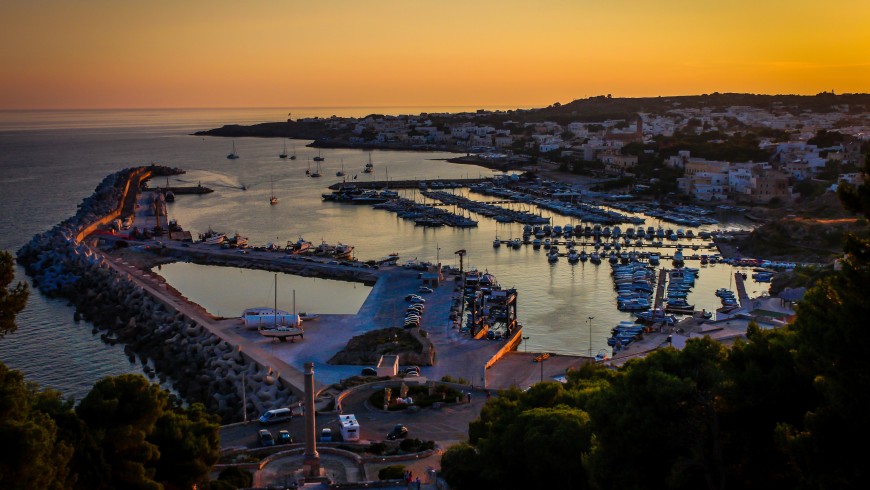
Because of its position, Leuca was the perfect scenarios for many historical events in the past. The name Leukos means “illuminated by the sun”. A lot of historical finds were found along the coasts and they belong to the Palaeolithic Era.
The most interesting thing about Leuca is the fact that it is the exact point where the Adriatic Sea and the Ionian Sea meet, there are people saying that sometimes you can even see the perfect separation with the naked eye, because of the different directions of the currents of the waters.
The historical center will not disappoint you, full of buildings built with the Lecce stone and Baroque architecture.
- Harbour and lighthouse, via Flickr
Cover Image: Lighthouse Punta Palascia, Otranto, Puglia, Italy, foto di Massimo Virgilio, via Unsplash


